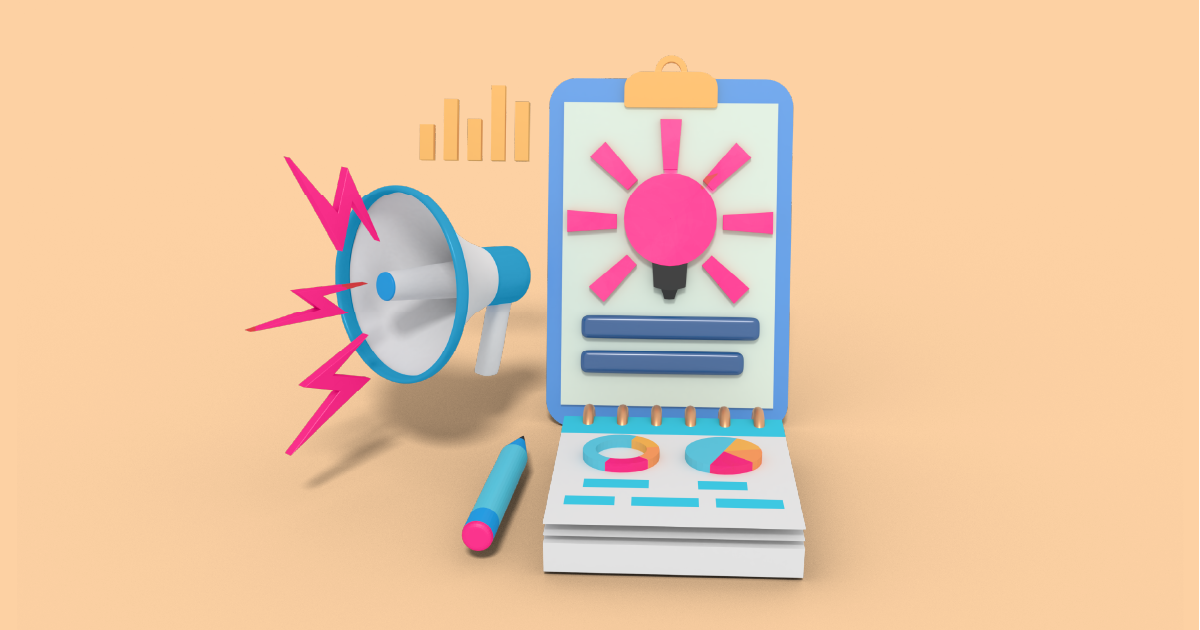Brand awareness is the cornerstone of a successful marketing strategy. In a crowded digital landscape, businesses must understand and measure how well their brand is recognized and recalled by their target audience. In this article, we’ll delve into the art and science of how to measure brand awareness and provide actionable insights for boosting it.
How to Measure Brand Awareness?

1. Definition of Brand Awareness
Brand awareness is the extent to which a brand is recognized by potential customers. It’s not just about being known; it’s about being known for the right reasons.
2. Importance of Measuring Brand Awareness
Understanding brand awareness helps businesses assess their market presence and informs strategic decisions. Measuring brand awareness is like taking the pulse of your brand’s health—it tells you how well your brand is resonating with your audience.
Key Metrics for Brand Awareness
1. Social Media Engagement
In the digital age, social media is a powerful tool for building brand awareness. Metrics like likes, shares, and comments can indicate the level of engagement your brand is generating.
2. Website Traffic
The number of visitors to your website is a tangible indicator of brand interest. Analyzing traffic patterns and sources helps identify which channels are driving awareness.
3. Search Engine Visibility
A high ranking on search engine result pages (SERPs) increases the likelihood of your brand being discovered. Monitoring keywords and organic search performance is crucial.
4. Brand Mentions
Online and offline mentions provide valuable insights. Track both positive and negative mentions to gauge the overall sentiment towards your brand.
Tools for Measuring Brand Awareness
1. Google Analytics
This versatile tool offers a comprehensive overview of website performance, traffic sources, and user behavior. Use it to track specific goals and conversions related to brand awareness.
2. Social Media Analytics
Each platform provides analytics tools for tracking engagement, reach, and follower demographics. Leverage these insights to fine-tune your social media strategy.
3. Brand Monitoring Tools
Dedicated brand monitoring tools help track mentions across the web. Alerts for brand mentions allow swift responses to both positive and negative publicity.
4. Surveys and Feedback
Direct feedback from your audience is invaluable. Surveys and feedback forms provide qualitative data, offering a more nuanced understanding of brand perception.
Social Media Strategies for Boosting Brand Awareness
1. Consistent Branding
Maintain a cohesive brand identity across all social media platforms. Consistency builds trust and makes your brand more memorable.
2. Influencer Collaborations
Partnering with influencers in your niche can exponentially increase your reach. Choose influencers whose values align with your brand.
3. Engaging Content
Create content that resonates with your audience. Infographics, videos, and interactive posts can capture attention and boost shareability.
4. Hashtag Campaigns
Well-crafted and unique hashtags can turn into a viral phenomenon. Encourage user-generated content with branded hashtags.
Improving Search Engine Visibility
1. SEO Optimization
Optimize your website for search engines. Conduct keyword research and implement SEO best practices to improve your brand’s visibility online.
2. Content Marketing
High-quality, relevant content not only attracts visitors but also establishes your brand as an authority in your industry.
3. Online Reviews and Ratings
Positive reviews enhance brand credibility. Encourage satisfied customers to leave reviews on platforms like Google My Business.
4. Local SEO Strategies
For businesses with a physical presence, optimizing for local search is crucial. Ensure your business information is accurate across online directories.
Analyzing Website Traffic
1. Landing Page Performance
Evaluate the effectiveness of landing pages dedicated to brand awareness. Analyze bounce rates and user interactions.
2. User Behavior Analysis
Understanding how users navigate your site provides insights into their interests and the effectiveness of your messaging.
3. Conversion Rates
While brand awareness is a top-of-funnel metric, tracking conversion rates can indicate how well your brand resonates throughout the customer journey.
4. Referral Traffic
Identify which external sources are driving traffic to your site. This can help prioritize partnerships and collaborations.
Case Studies
1. Nike’s “Just Do It” Campaign
Nike’s iconic campaign not only strengthened brand awareness but also became a cultural phenomenon, emphasizing the power of a compelling message.
2. Coca-Cola’s Share a Coke Campaign
Personalizing product packaging with individual names turned into a global success, showcasing the impact of personalization in brand marketing.
3. Apple’s Product Launch Strategies
Apple’s meticulously planned product launches generate immense buzz, showcasing the importance of timing and anticipation.
4. Airbnb’s Community Engagement
Airbnb fosters a sense of community among hosts and guests, creating a unique brand identity that goes beyond the transactional.
Challenges
1. Lack of Direct Attribution
Unlike direct response metrics, brand awareness metrics often lack clear attribution, making it challenging to measure the direct impact of campaigns.
2. Multi-Channel Marketing
Coordinating metrics across various channels can be complex. Each channel may contribute differently to overall brand awareness.
3. Impact of Offline Activities
Traditional marketing efforts, events, and word-of-mouth can significantly impact brand awareness, but quantifying these effects can be elusive.
4. Consumer Perception vs. Metrics
Metrics may not always align with consumer perception. Brands need to balance data-driven insights with qualitative feedback.
Overcoming Measurement Challenges
1. Advanced Analytics Tools
Invest in advanced analytics tools that provide a more nuanced understanding of user behavior, sentiment analysis, and cross-channel impact.
2. Cross-Channel Integration
Integrate data from various channels to create a holistic view of brand awareness. This requires a coordinated effort across marketing teams.
3. Customized Attribution Models
Develop attribution models tailored to your business. Consider the unique touchpoints that contribute to brand awareness in your industry.
4. Combining Qualitative and Quantitative Data
Balance numerical data with qualitative insights. Surveys, focus groups, and customer interviews can provide a deeper understanding of brand perception.
Future Trends
1. Artificial Intelligence in Analytics
AI-driven analytics will offer more sophisticated insights, predicting and adapting to changing consumer behavior.
2. Virtual and Augmented Reality
Immersive experiences through VR and AR will redefine brand interactions, providing new avenues for building memorable brand experiences.
3. Voice Search Impact
With the rise of voice-activated devices, brands need to optimize voice search to ensure discoverability.
4. Personalized User Experiences
Tailoring brand experiences to individual preferences will become more prevalent, enhancing overall brand loyalty.
Influencer Insights:
- Neil Patel: “Brand awareness is the foundation of your digital marketing strategy. If people don’t know your brand, they won’t consider your products or services.”
- Gary Vaynerchuk: “In a world where attention is the most valuable currency, brand awareness is everything. It’s about being present where your audience spends their time.”
- Ann Handley: “Measuring brand awareness is not just about numbers; it’s about understanding the sentiment and perception of your audience towards your brand.”
Conclusion
In a dynamic digital landscape, measuring brand awareness is a continuous process. By leveraging the right metrics, tools, and strategies, businesses can not only gauge their current brand presence but also adapt to the evolving trends in consumer behavior. Request a demo from AIM Technologies today!
FAQs
How often should I measure brand awareness?
- Regularly assessing brand awareness is vital. Depending on your industry, quarterly or semi-annual evaluations can provide meaningful insights.
Are there any free tools for brand monitoring?
- Yes, several free tools like Google Alerts, Social Mention, and Brand24 offer basic brand monitoring functionalities.
Can social media alone build brand awareness?
- While social media is a potent tool, a comprehensive strategy that includes various channels and marketing efforts is more effective.
What role do customer testimonials play in brand awareness?
- Customer testimonials build trust and credibility, positively influencing brand perception and awareness.
Is brand awareness the same as brand loyalty?
- No, brand awareness is about recognition, while brand loyalty reflects a customer’s commitment and repeat engagement with a brand.




